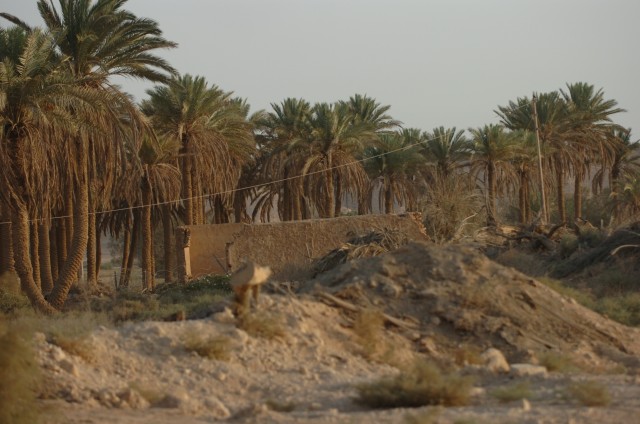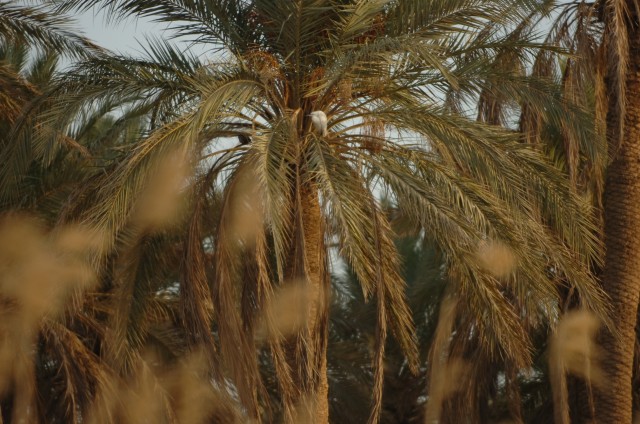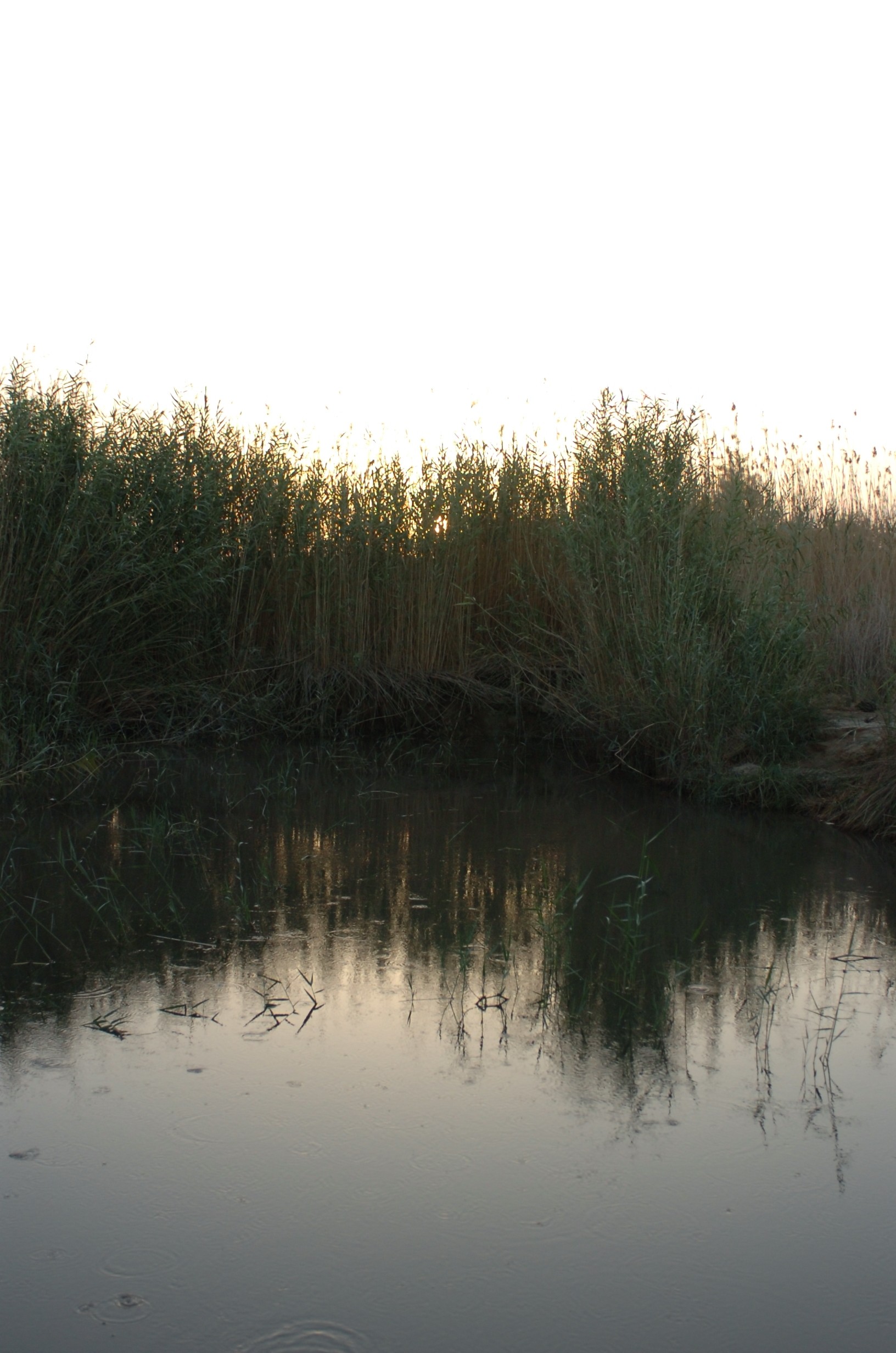AL ASAD, Iraq - The oasis at Al Asad was once believed to be the biblical "Abraham's Well." Though research has proven otherwise, the importance of the oasis still has a rich historical and cultural significance to the citizens of Iraq. As guests in Iraq, Servicemembers should do our best to protect and preserve these sites.
For most Soldiers in Iraq, it is hard to imagine a small pond with lush green life around it in the middle of this sand-filled country. However, this oasis is located on the border of Camp Mejid on Al Asad Airbase, Iraq, and is home to several species of animals and other wildlife.
According to Maj. Randel Rogers, the plans and policy officer for support operations, 371st Sustainment Brigade and an avid naturalist, it was believed that Abraham and his family stopped at the Al Asad oasis and camped there during his journey; however, through the years it has been proven that Abraham actually stopped in Canaan which is located on the western shore of present day Turkey.
Through the centuries, the oasis at Al Asad has remained and was a stopping point for the Bedouins during their travels. It wasn't inhabited until around 1920, when a group of families built a village, planted date palms and started a small community.
According to Rogers, a Galloway,Ohio, native, Saddam Hussein had the villagers that were in the area evicted so he could build Al Asad Airfield in 1985. Some of the settlers were able to hide around the oasis, but when the base expanded in 1995, the rest of them were forced to leave.
The villagers used the date palms as their main cash crop, according to Rogers, and when the base expanded, the palms and oasis were left intact.
Since the arrival of Coalition Forces at Al Asad, several efforts have been made to keep the area clean. Since he has been deployed to the area, Rogers has worked to gain awareness for its protection and preservation.
"I've always been interested in watching wildlife," Rogers said. There are several clean-up efforts currently in place and, eventually, Rogers would like to see the historical and cultural sites in Iraq handed over to the Iraqis.
Rogers said that he is currently working with a group called Nature Iraq, a non-governmental organization dedicating itself to the restoration of Iraq, to take the lead on cleaning efforts and continue the cultivation of the palm groves.
Rogers said there are close to 70 different species of birds, about three different species of canines, between 15 and 20 types of dates from the palm groves and several other types of plants, animals and other wildlife living in the Oasis alone and it is important to protect them.
Rogers, an avid birdwatcher and naturalist, said that the best way for individual Soldiers to keep these cultural and historical resources, like the oasis, protected is to start with your own living areas and keep the trash picked up.
"It's easy to neglect the area," said Rogers. "Conserving water ... can help save the environment because it takes a lot of time and money to purify the water."
Rogers said the chaplains at Al Asad have hosted several cleaning projects and they recently hosted a three-day class on the history of Al-Asad. There will be another class on the history scheduled for sometime in December.
"The oasis has a cultural significance to the local area and there is a great potential for ecotourism in the future," said Rogers.
"








Social Sharing